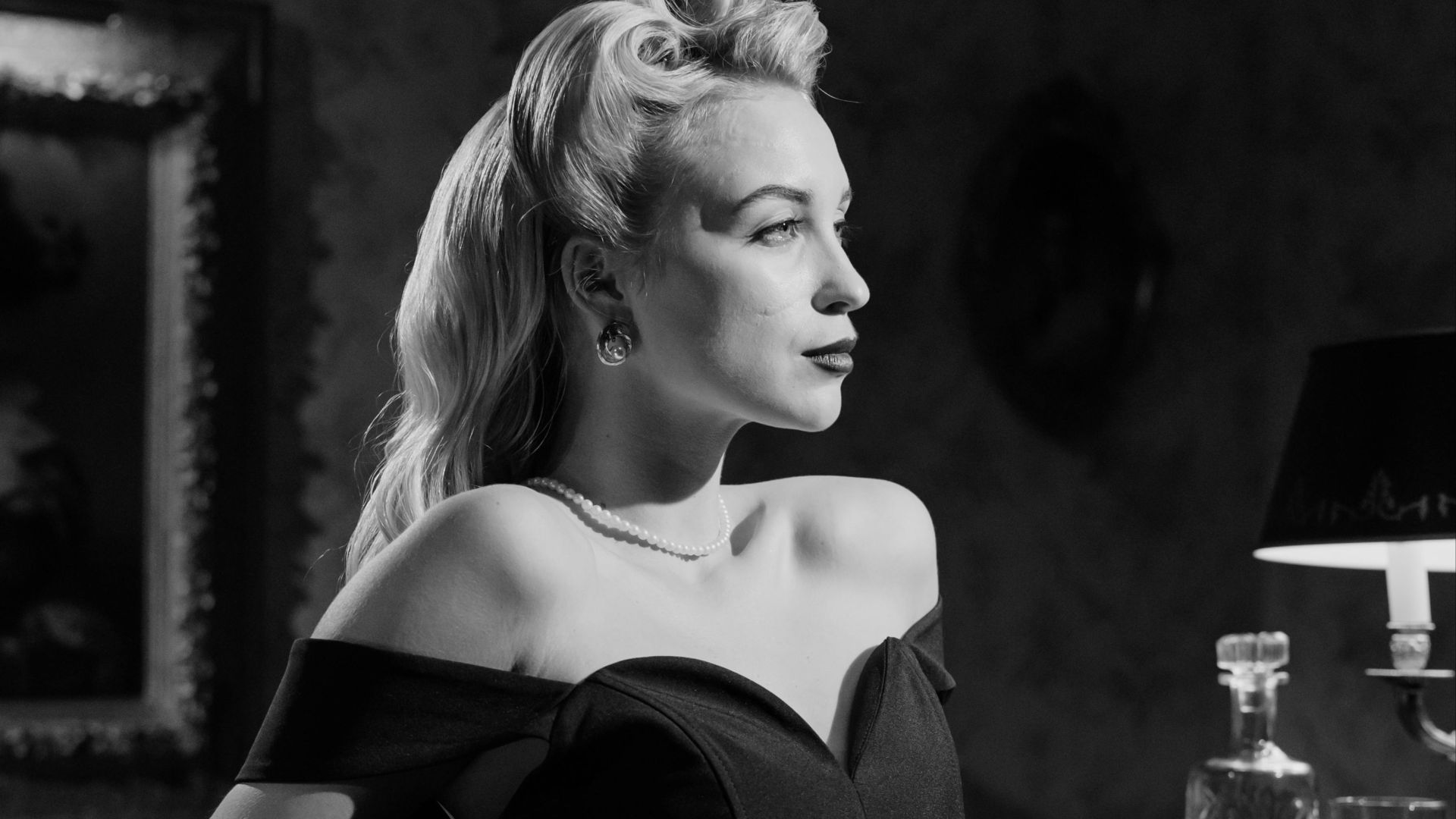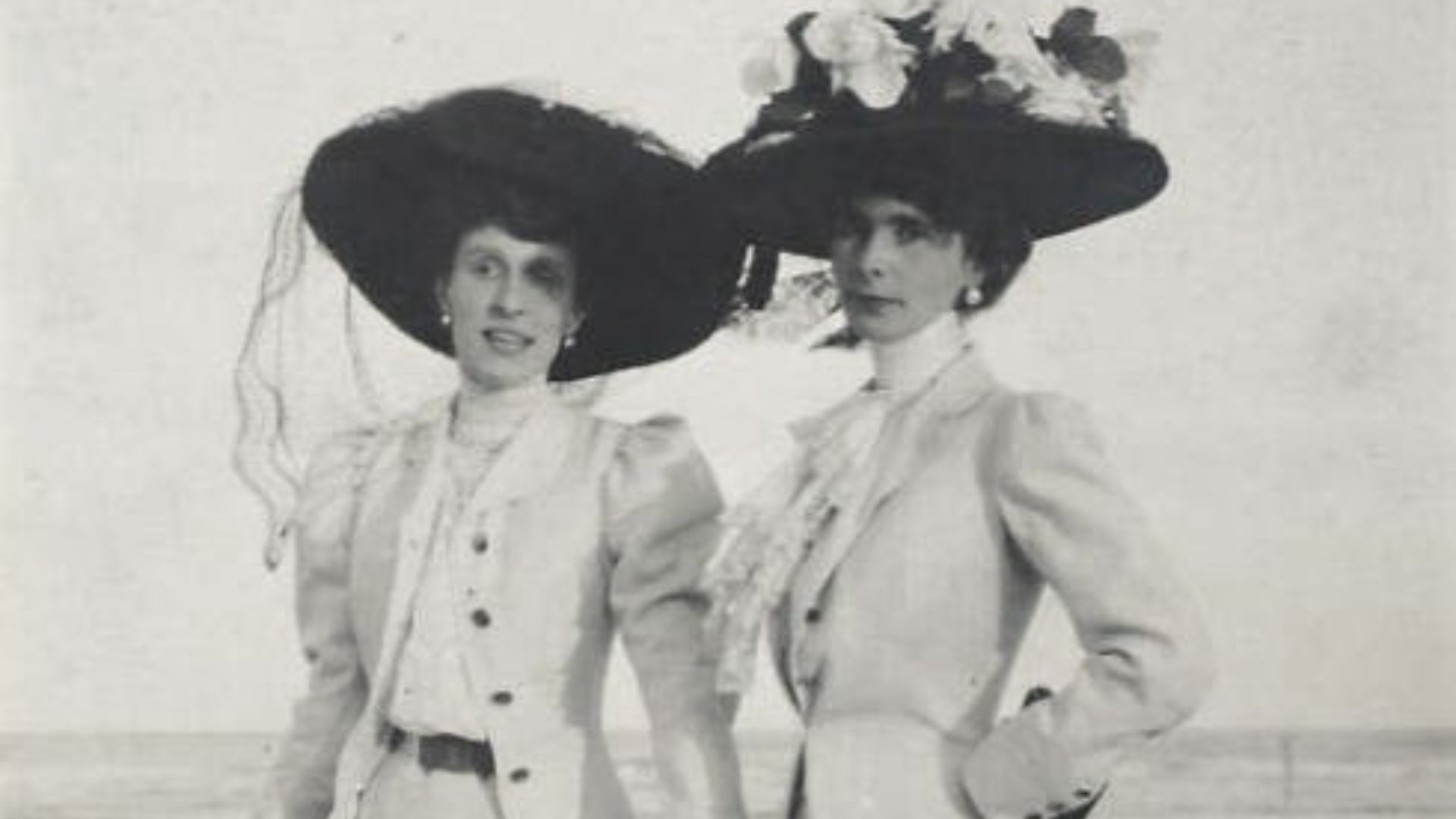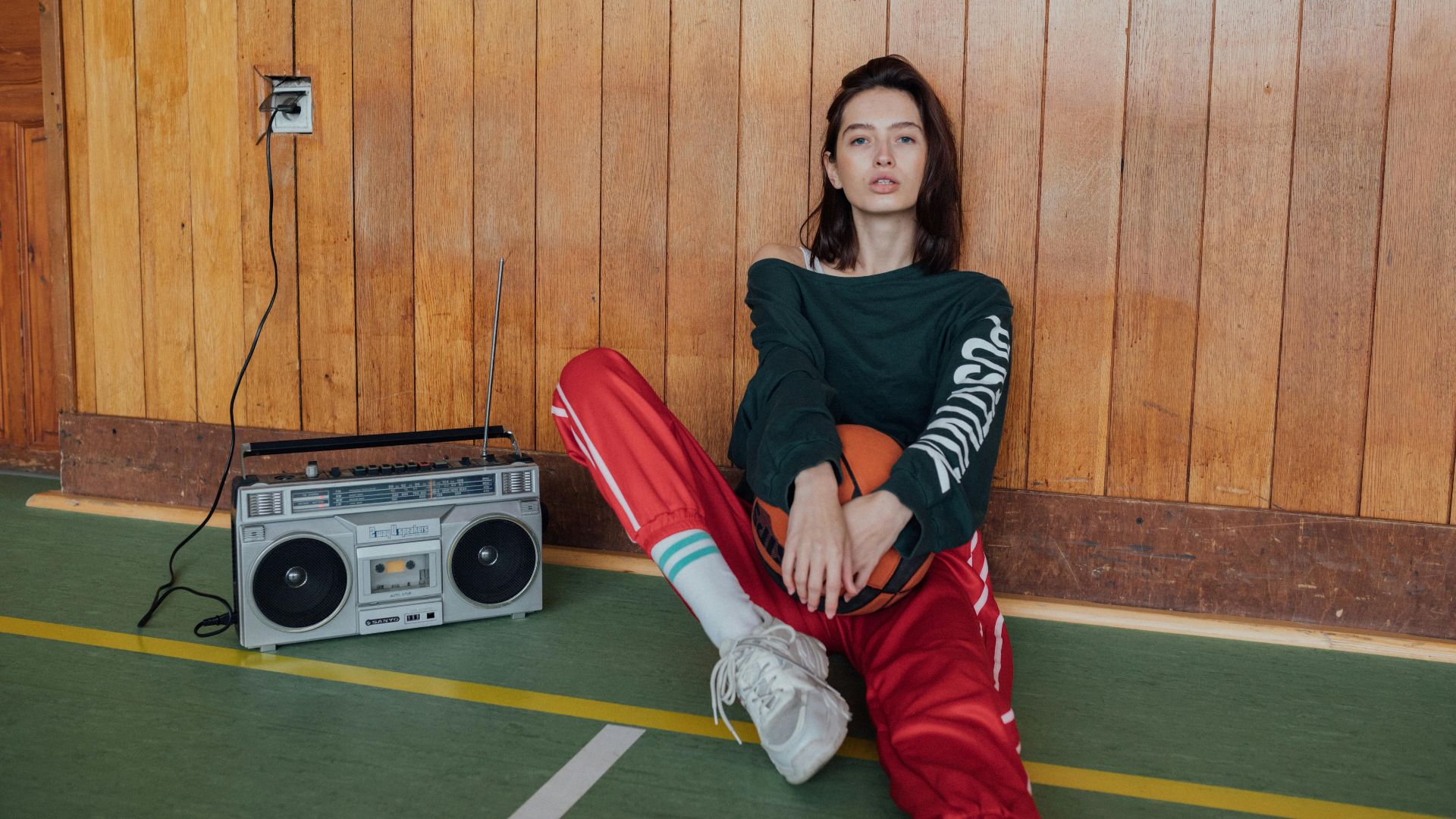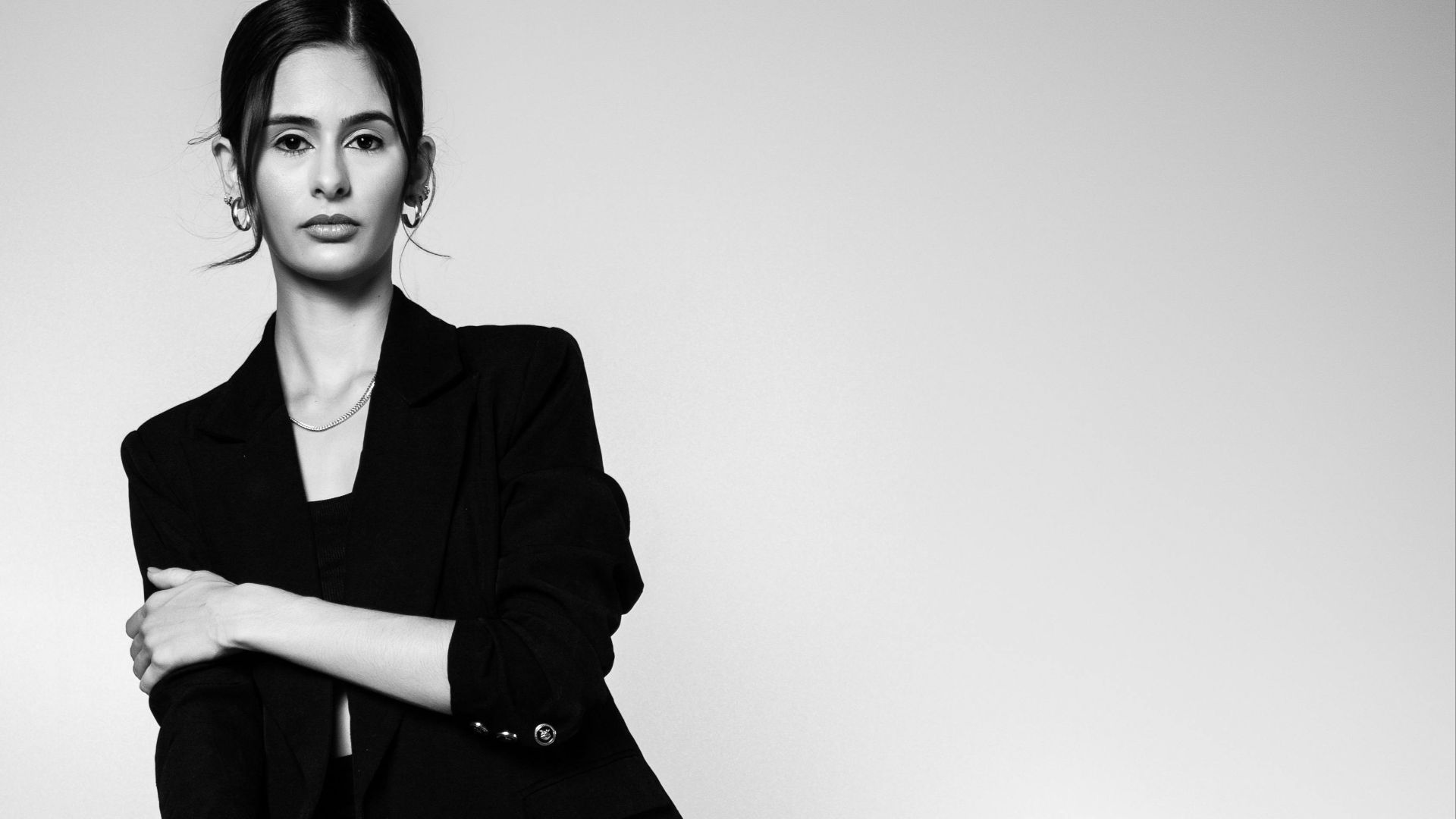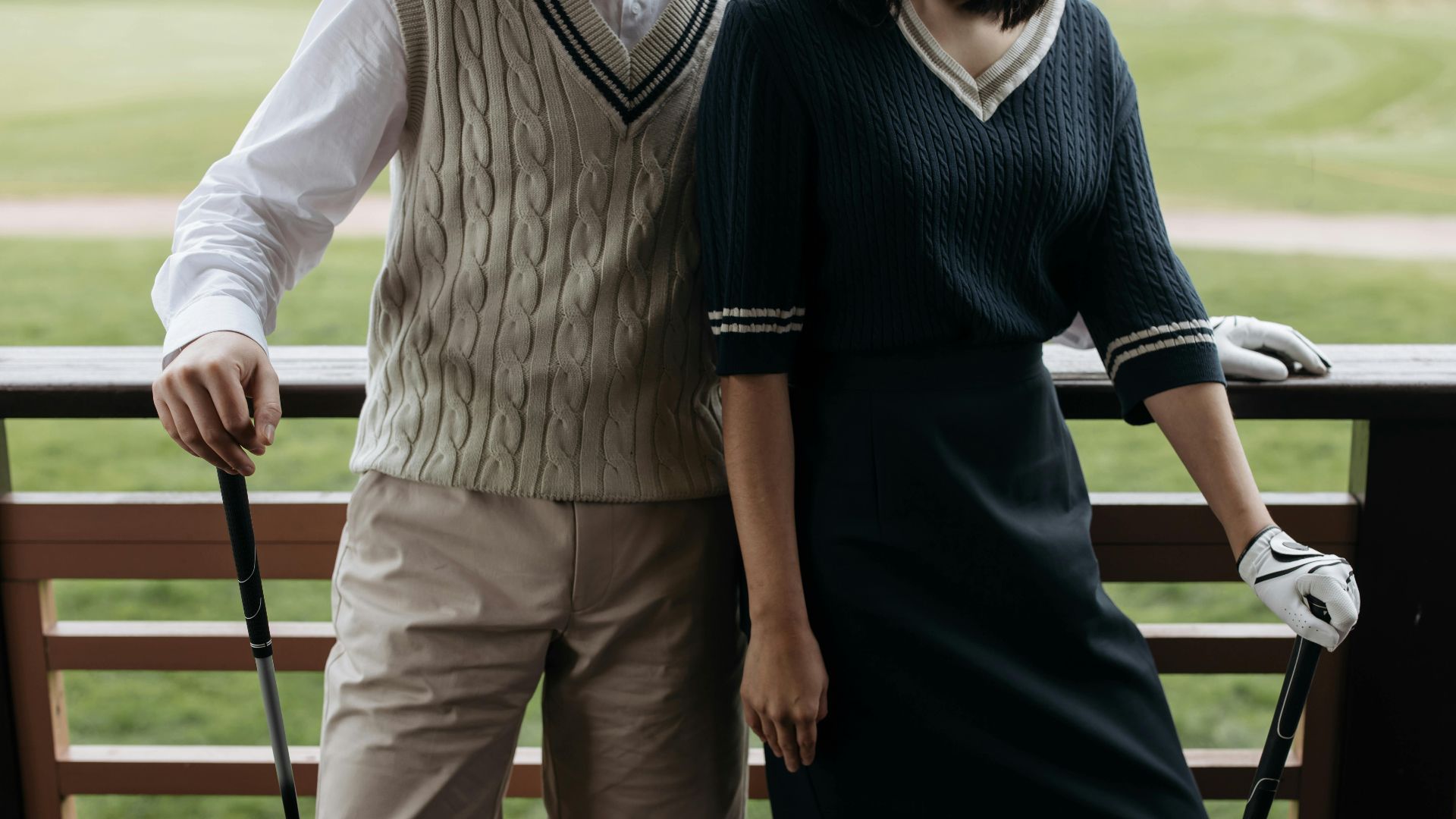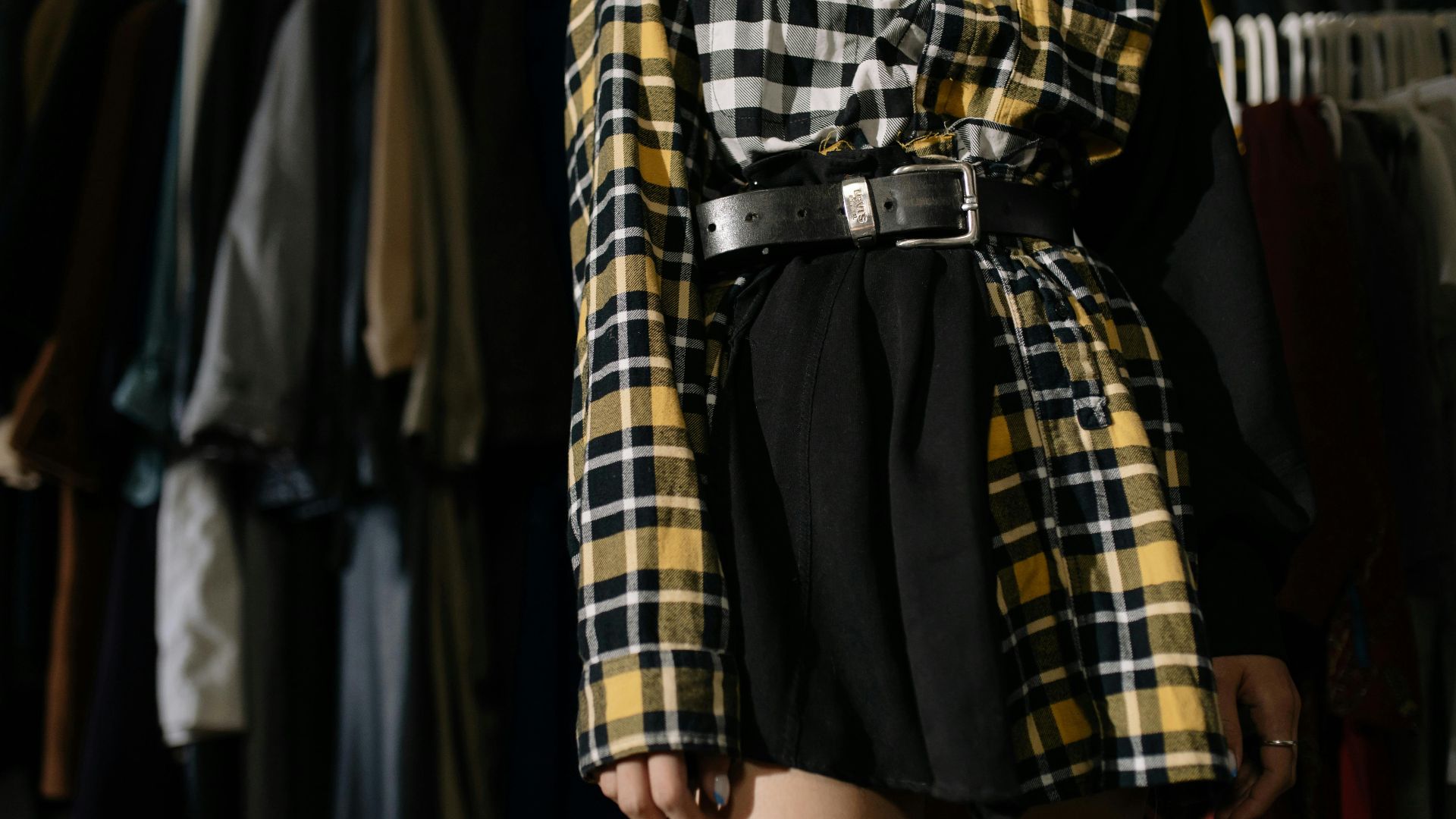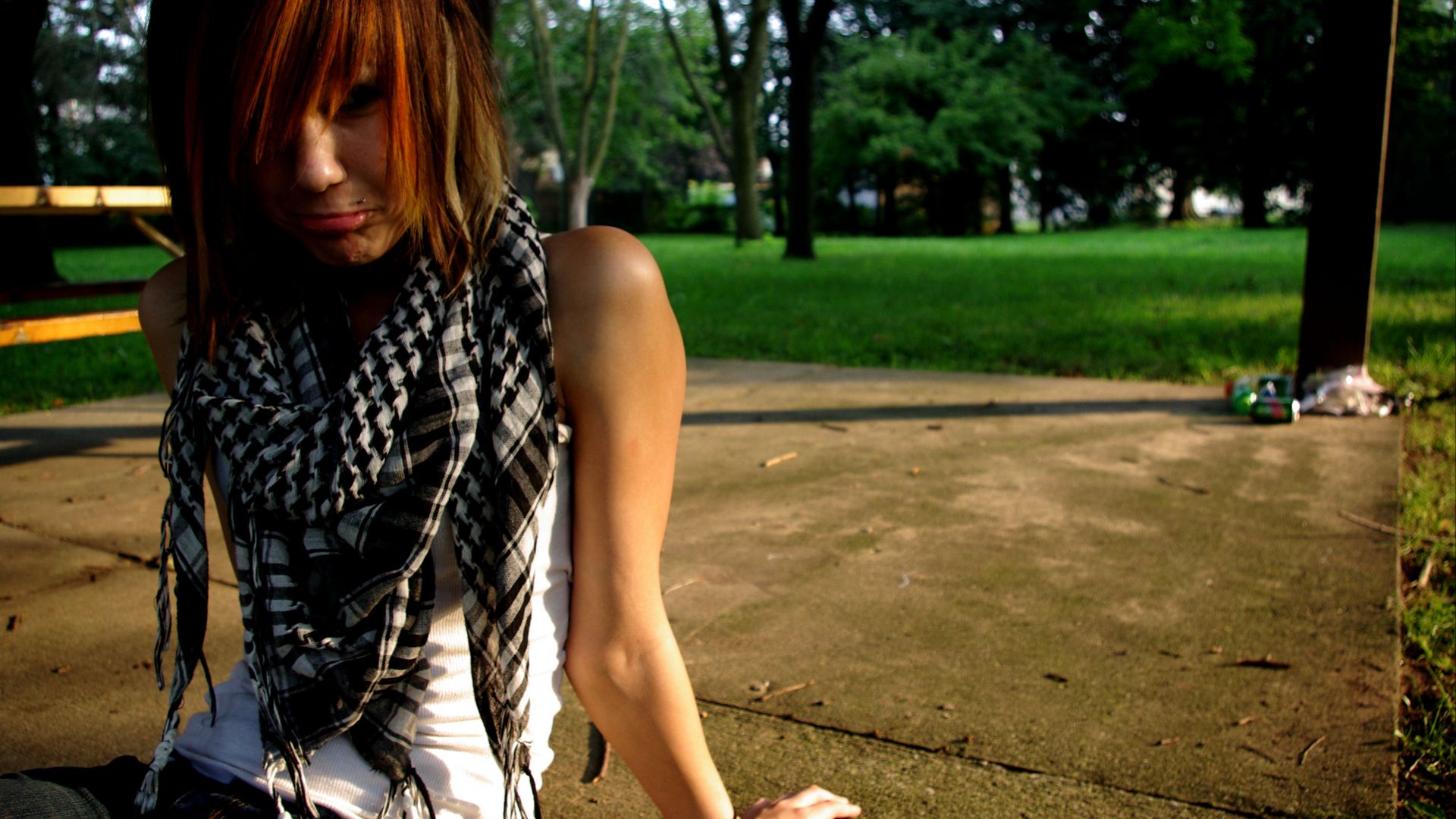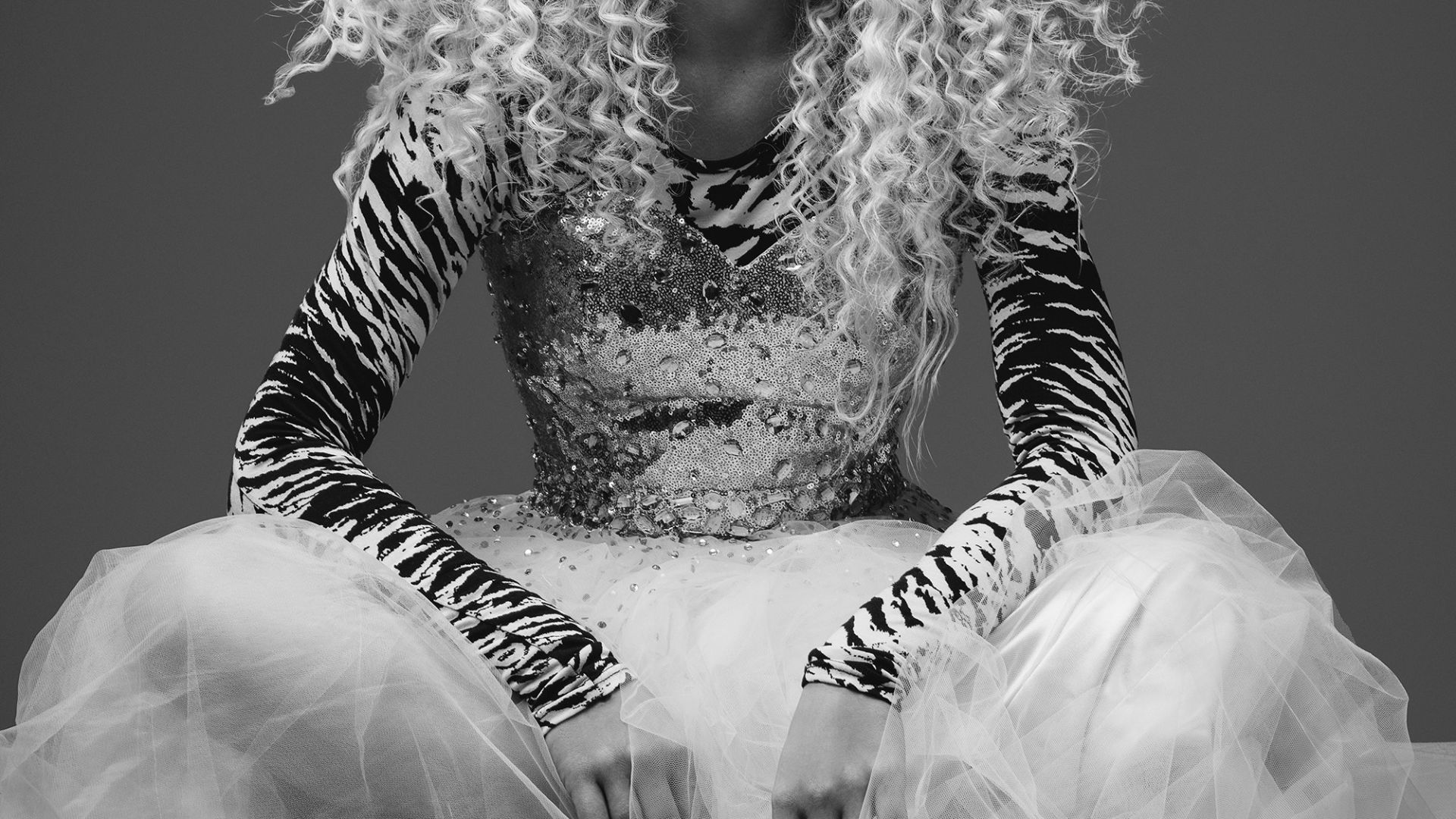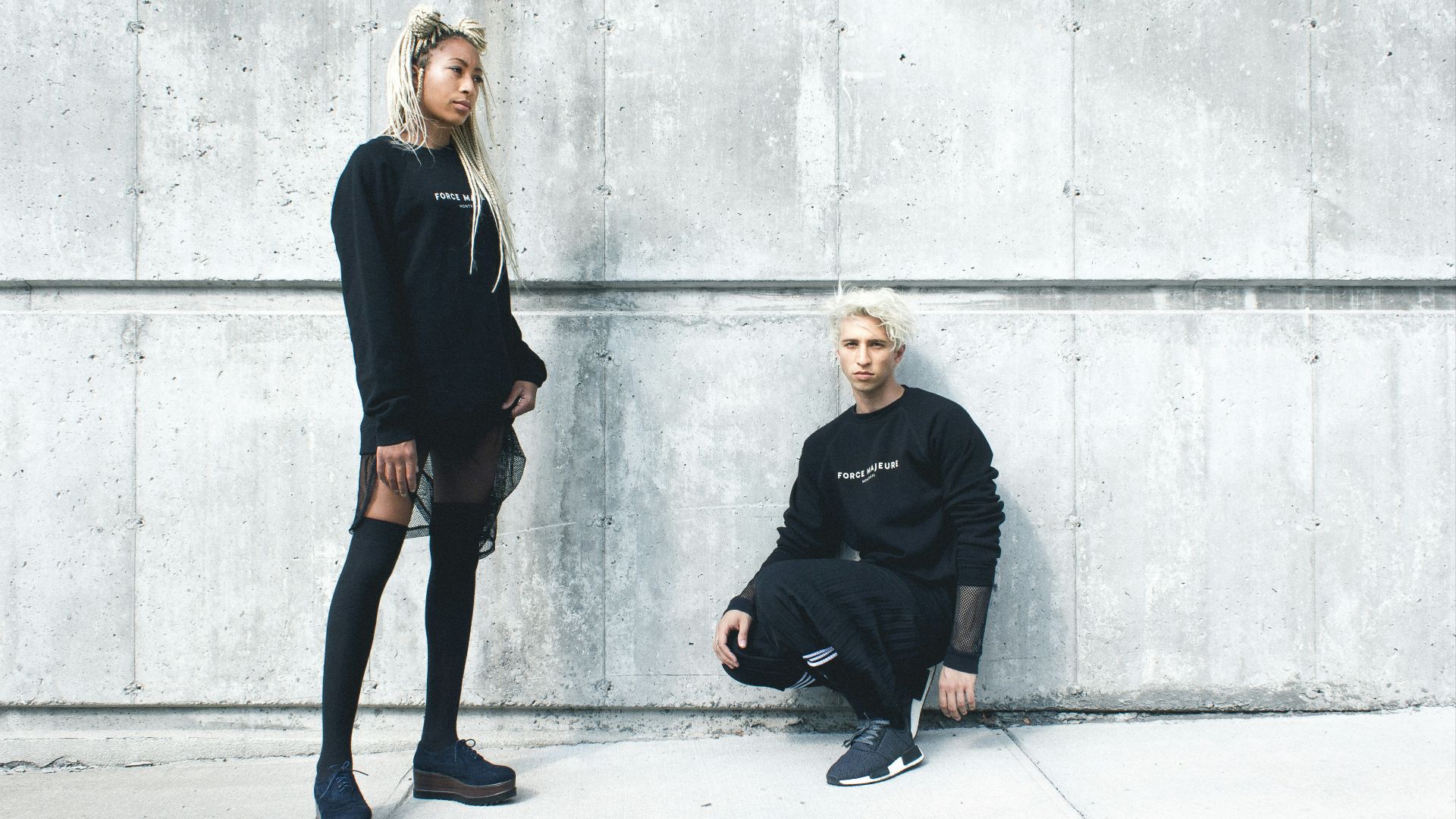Women's Fashion Has Gone Through Its Fair Share Of Changes
From corsets to cargo pants, it's fair to say women's fashion has seen some intense transformations in the last century. Styles changed from restrictive and unnatural to completely liberated, epitomizing the thoughts and feelings of women at any given moment along the way. Here are 20 ways fashion has changed for women across the decades.
1. 1900s - S-Shaped Corsets
At the turn of the last century, corsets that pushed the chest forward and the hips back to achieve an S-shape with the body were in vogue. The trend had been popular since the 1600s before finally being weeded out in the first decade of the 20th century.
2. 1910s - Empire Dresses
Women's natural shapes were finally embraced in the 1910s with the popularization of the less restrictive empire dress. It was essentially a simple floor-length gown, usually with puffy cap sleeves and a square neckline.
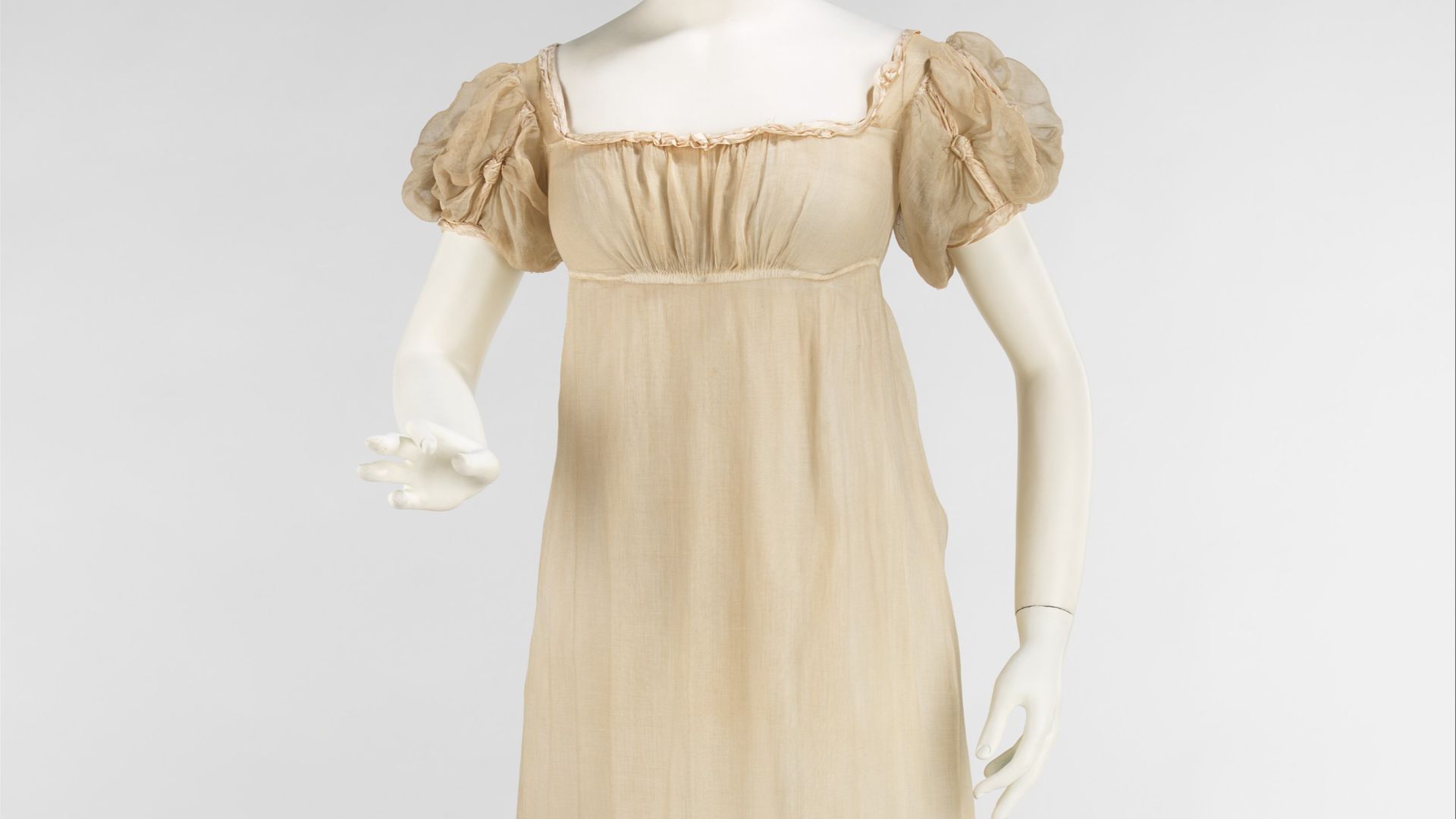 Brooklyn Museum Costume Collection on Wikimedia
Brooklyn Museum Costume Collection on Wikimedia
3. 1920s - Flapper Dresses
The roaring 20s saw the introduction of flapper dresses, popularized by such feminist icons as Coco Chanel. The dresses had a dropped waistline, giving girls a more androgynous look, and the hemline was just below the knee.
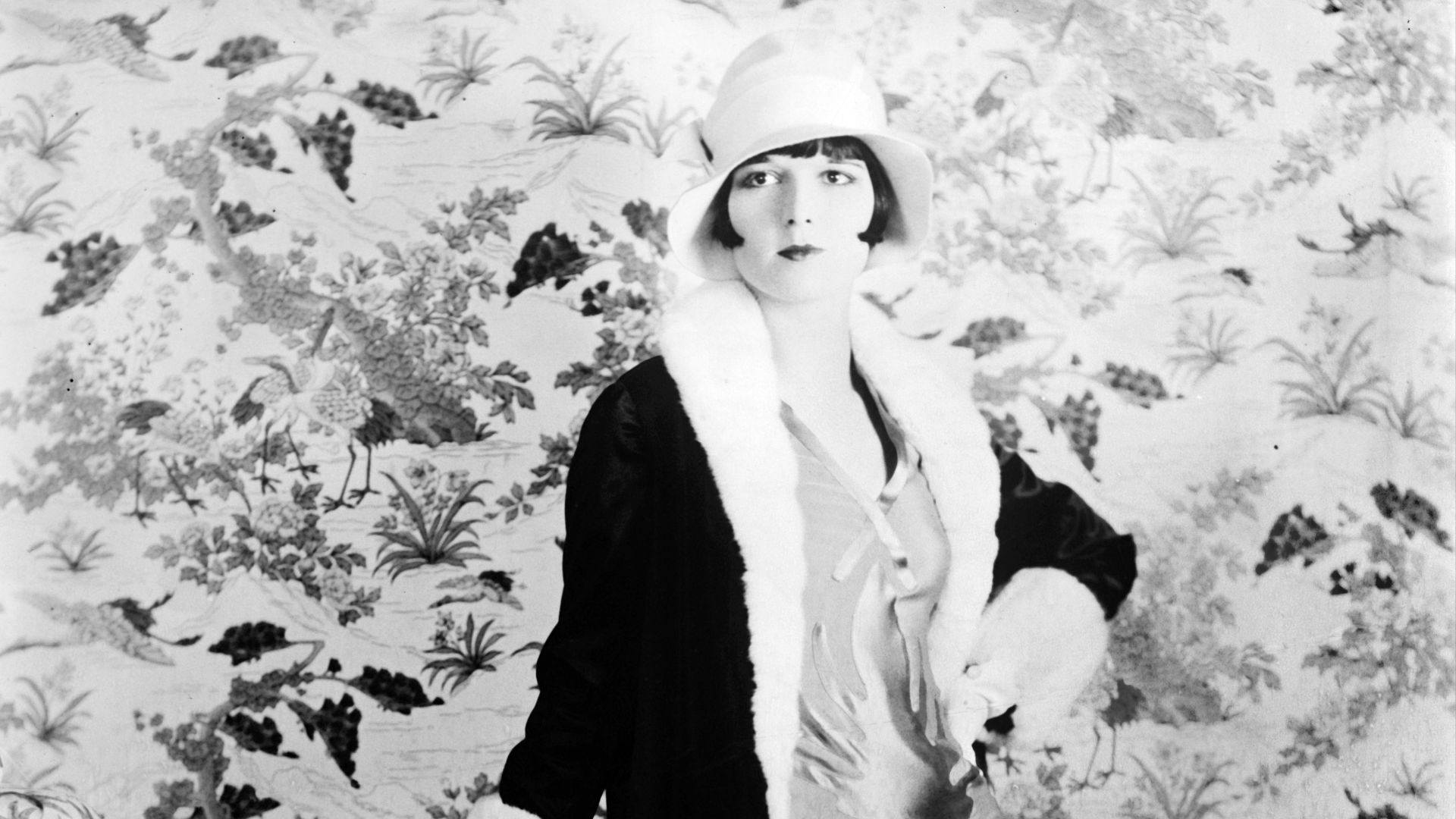 Bain News Service, publisher. on Wikimedia
Bain News Service, publisher. on Wikimedia
4. 1930s - Hourglass Silhouette
The 1930s saw women embracing the hourglass silhouette again. Dresses were cinched at the waist and fabric flowed over the body, hugging women's curves.
5. 1940s - Utility Clothing
The outbreak of WWII saw utilitarian and practical fashion emerged with fabric rationing limiting the design. As this era saw women joining the workforce, skirts were shortened and lines were simple to accommodate work uniforms.
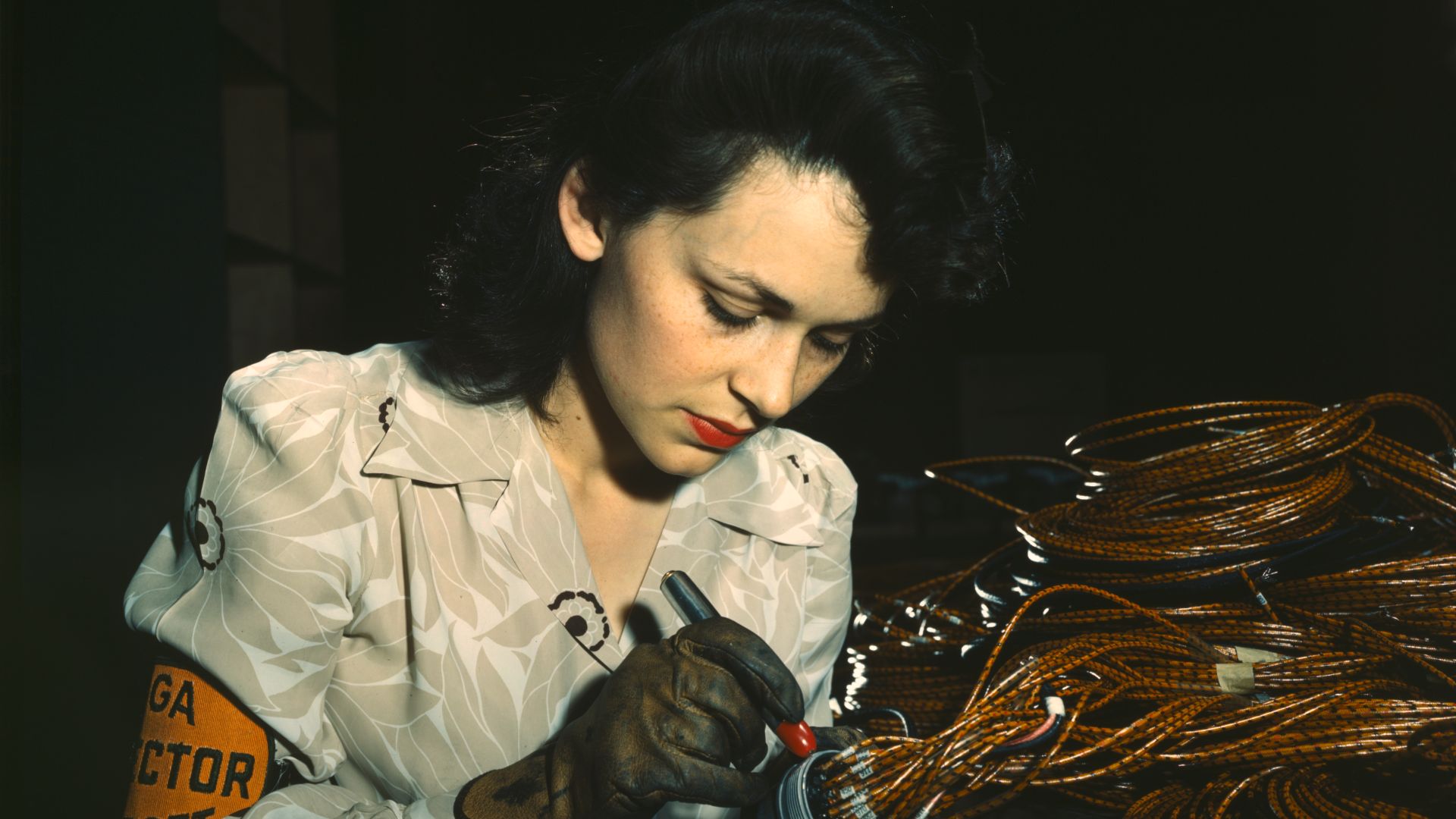 Bransby, David, photographer. on Wikimedia
Bransby, David, photographer. on Wikimedia
6. 1950s - "New Look"
In response to the limited, simplified fashions of the wartime era, the 1950s saw a resurgence of elaborate and extravagant designs that celebrated women, characterized by Christian Dior's "New Look." Elegant, full skirts cinched at the waist became the new norm.
7. 1960s - Mod Style
The "swinging sixties" was characterized by colorful, youthful styles popularized by the decade's biggest model, Twiggy. Geometric patterns and daringly short skirts symbolized the sexual liberation of women that was occurring at the time.
 The National Archives UK on Wikimedia
The National Archives UK on Wikimedia
8. 1970s - Bohemian
Continuing in the same vein as the 60s mod style, bohemian fashion was characteristic of the hippie movement of the decade. Flowing skirts, flared jeans, eastern-influenced prints, and natural materials were in.
 Heriberto Jahir Medina on Pexels
Heriberto Jahir Medina on Pexels
9. 1980s - Hip Hop
The 1980s saw the rise of hip hop music, and with it a whole new style of dressing. Baggy clothing, sneakers, and heavy jewelry became the thing.
10. 1980s - Power Suits
The 1980s saw a lot of women entering the professional world. Oversized power suits with big shoulder pads in bold colors became the wardrobe of women in high-level positions, designed to eminate authority.
11. 1980s - Sportswear
Movies like Flashdance popularized sportswear like leggins, off-the-shoulder sweatshirts, and leg warmers. The clothes fit into the era as exercise and fitness also became trendy.
12. 1990s - Preppy
American brands like Perry Ellis and Ralph Lauren returned to a more classic style with their preppy designs in the late 80s into the 90s. Popularized in movies like Clueless, the look was characterized by plaid mini skirts, high-waisted jeans, sweater vests, and double-breasted jackets.
13. 1990s - Minimal
With the rise of "heroin chic" models like Kate Moss came an emphasis on more minimalist styles, with the slip dress being one of the most popular fashions of the decade. It directly contrasted the bold and over-the-top looks of the 80s.
14. 1990s - Grunge
In the 90s, grunge fashion rose along with heavy rock bands like Nirvana. The look was characterized by flannel shirts, torn jeans, Doc Martens, and worn-out T-shirts.
15. 2000s - Emo
The early aughts saw the rise of many sub-genres of music and fashion, emo being one of the most predominant. Skinny jeans, fishnets, dark color schemes, heavy bangs, and dyed hair characterized this angsty fashion.
16. 2000s - Y2K
Denim mini skirts, ribbed crop tops, sparkles, cargo pants, and low-rise jeans with a chunky belt epitomize the Y2K aesthetic. The look that was popular at the turn of the century is coming back in a big way today, with Gen-Z's enthusiastically adopting it.
17. 2010s - Vintage
The 2010s saw a greater awareness around the problems of fast fashion, instilling an emphasis on eco and social-conscious clothing. As a result, vintage shopping became trendy and so did the resurgence of old-school fashion trends, particularly from the 80s and 90s.
18. 2010s - Maximalism
The 2010s saw a return to the excessive maximalist aesthetic of the 80s, with brands like Gucci utilizing bright and bold colors and textures. Maximalism arose as a response to the minimalist aesthetic that resurfaced in the first part of the decade.
19. 2020s - Athleisure
The COVID-19 pandemic impacted fashion in a big way by bringing people towards cozy home-wear. Activewear like leggings, sweats, and T-shirts became trendy again and persisted after the lockdown ended.
20. 2020s - Gender Fluid
So far this decade we've also seen movement away from "feminine" and "masculine" tropes, with a wider embrace of gender fluid and unisex styles. Gender-neutral brands and designs are gaining steam as an increasing number of people step away from conformity.


